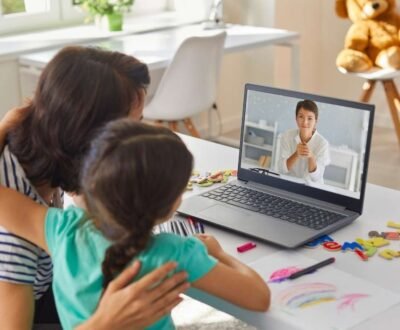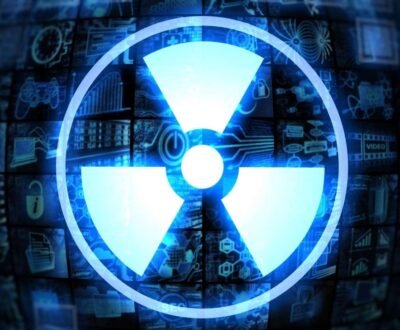Recent advances in the magnetic resonance imaging (MRI) technology, known as magnitude-based MRI, have shown the prospects of liver MRI to detect the presence of non-alcoholic fatty liver disease (NAFLD) in children by assessment of the proton density fat fraction (PDFF), which is a biomarker of the disease.
NAFLD is a common liver abnormality that usually affects the children aged 2 to 19 years and is characterized by the accumulation of fat in liver cells. The researchers at UC San Diego School of Medicine have heralded the MRI based diagnosis to be as accurate as liver biopsy which is the standard protocol followed for the diagnosis of NAFLD at present. Liver biopsy can also be misleading at times and sometimes, the diagnosis might be missed altogether which gives rise to the need of repeated biopsies.
This technology is one step forward towards the development of non-invasive techniques for the diagnosis of NAFLD in children. A clinical trial, known as the MRI Rosetta Stone Project, was held to test the viability and sensitivity of the procedure compared to liver biopsy. The percentage of liver fat determined by both methods was almost similar which established the superior role of MRI.
The high costs of MRI are one big hindrance towards its implementation as a standard procedure. Magnitude-based MRI has promising future for the prevention, early diagnosis and timely treatment of NAFLD in children as Jeffrey B. Schwimmer, MD, professor of clinical pediatrics at UC San Diego, director of the Fatty Liver Clinic at Rady Children’s Hospital-San Diego puts it, “Thus, a noninvasive method for diagnosing and/or evaluating NAFLD has the potential to impact millions of children.”
About us and this blog
We are a teleradiology service provider with a focus on helping our customers to repor their radiology studies. This blog brings you information about latest happenings in the medical radiology technology and practices.
Request a free quote
We offer professional teleradiology services that help hospitals and imaging centers to report their radiology cases on time with atmost quality.
Subscribe to our newsletter!
More from our blog
See all postsRecent Posts
- Understanding the Challenges of Teleradiology in India January 19, 2023
- Benefits of Teleradiology for Medical Practices January 16, 2023
- Digital Transformation of Radiology January 2, 2023









